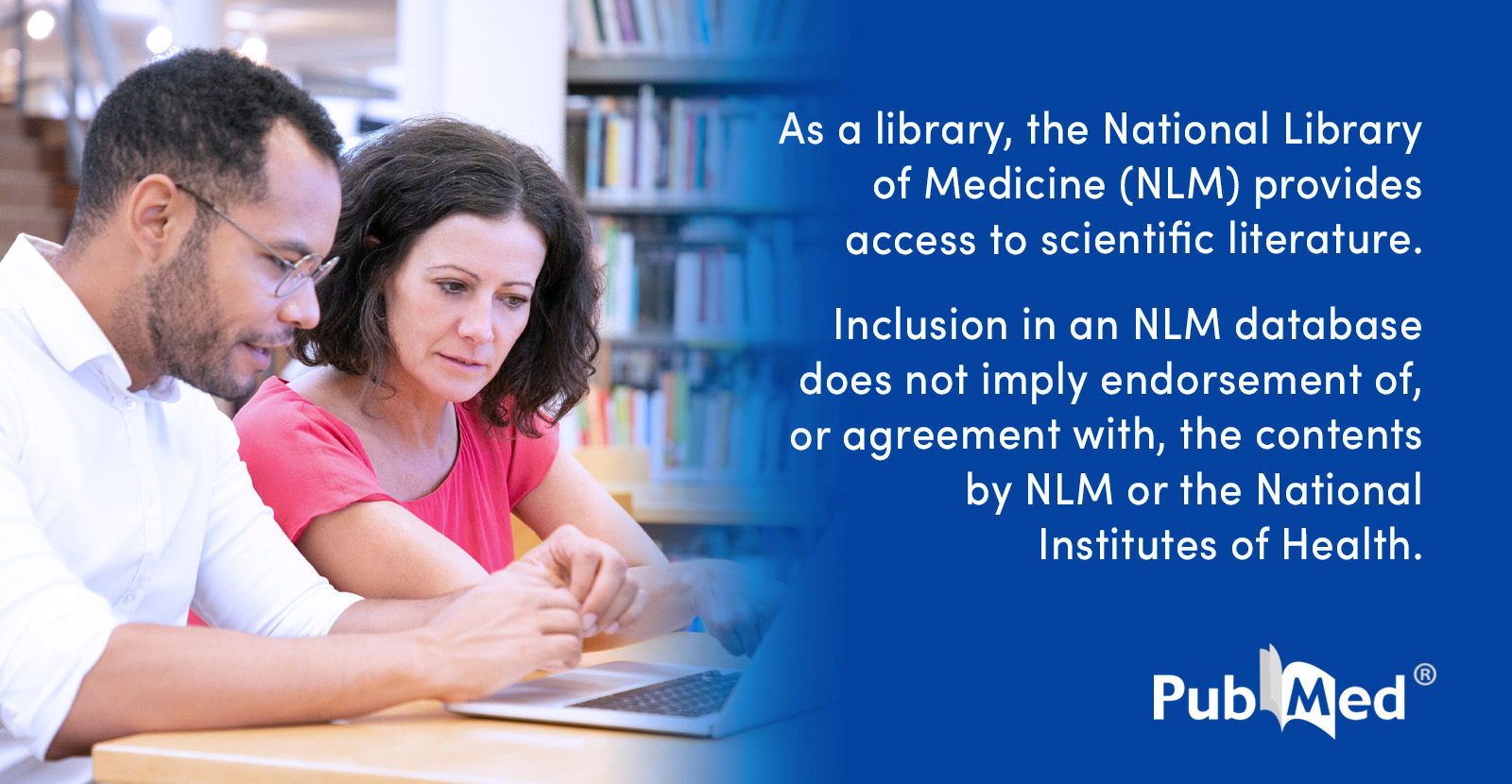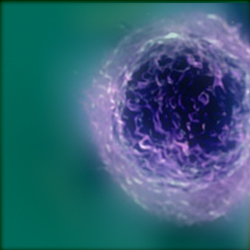(Gaby) In a prior session, they were saying it was not mostly the US experiments that were a threat to humanity, but instead a space virus. So, if that's the case, in theory if there's a 4th density STS virus coming up, will it be a DNA or an RNA virus?
A: RNA.
Q: (Gaby) And what kind of disease will it produce?
A: Most likely to be similar to primitive smallpox.
Q: (Pierre) Primitive smallpox is nasty. It's a descendant of the Black Death.
(L) I think we decided that primitive smallpox was the Black Death.
(Gaby) Smallpox is a DNA virus. So if this is an RNA virus, it could be nastier I suppose.
Session 23 April 2022
If the RNA virus is what we should be expecting, then perhaps this could be helpful:
We recently identified that O-GlcNAcylation, a posttranslational modification derived from hexosamine biosynthetic pathway (HBP), is essential for virus-induced MAVS activation and IFN signaling. We demonstrated that D-glucosamine (GlcN), a commonly used dietary supplement, increases MAVS O-GlcNAcylation and enhances MAVS-mediated IFN signaling, and thereby exhibits a broad-spectrum antiviral activity.
It is known that lethal viruses profoundly manipulate host metabolism, but how the metabolism alternation affects the immediate host antiviral immunity remains elusive. Here, we report that the O-GlcNAcylation of mitochondrial antiviral-signaling protein (MAVS), a key mediator of interferon signaling, is a critical regulation to activate the host innate immunity against RNA viruses. We show that O-GlcNAcylation depletion in myeloid cells renders the host more susceptible to virus infection both in vitro and in vivo. Mechanistically, we demonstrate that MAVS O-GlcNAcylation is required for virus-induced MAVS K63-linked ubiquitination, thereby facilitating IRF3 activation and IFNβ production. We further demonstrate that D-glucosamine, a commonly used dietary supplement, effectively protects mice against a range of lethal RNA viruses, including human influenza virus. Our study highlights a critical role of O-GlcNAcylation in regulating host antiviral immunity and validates D-glucosamine as a potential therapeutic for virus infections.

In Vitro Antiviral and Anti-Inflammatory Activities of N-Acetylglucosamine: Development of an Alternative and Safe Approach to Fight Viral Respiratory Infections - PubMed
Viral respiratory tract infections (RTIs) are responsible for significant morbidity and mortality worldwide. A prominent feature of severe respiratory infections, such as severe acute respiratory syndrome coronavirus 2 (SARS-CoV-2) infection, is the cytokine release syndrome. Therefore, there is...
In vivo antiviral activity of D-glucosamine - Archives of Virology
Intraperitoneal treatments with D-glucosamine, an inhibitor of the glycosylation of the viral envelope, decreased the growth rate of tumors induced in quails or in chicks by Rous sarcoma virus and increased the survival of mice inoculated with human influenza virus.





 , I’ll pass on the info. We are trying to sidestep any notions that this is potentially caused by the vax to alleviate any guilt felt by her mum who encouraged her daughter to get the shots to go on holidays, dad is very aware of vax complications but also wants to block it out because of fear- understandable but not helpful.
, I’ll pass on the info. We are trying to sidestep any notions that this is potentially caused by the vax to alleviate any guilt felt by her mum who encouraged her daughter to get the shots to go on holidays, dad is very aware of vax complications but also wants to block it out because of fear- understandable but not helpful. (Elhers-Danlos syndrom is mentionned pp. 455-457 in a chapter about troubles associated to genetic illnesses which are worsened by Covid vax).
(Elhers-Danlos syndrom is mentionned pp. 455-457 in a chapter about troubles associated to genetic illnesses which are worsened by Covid vax).